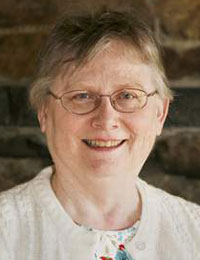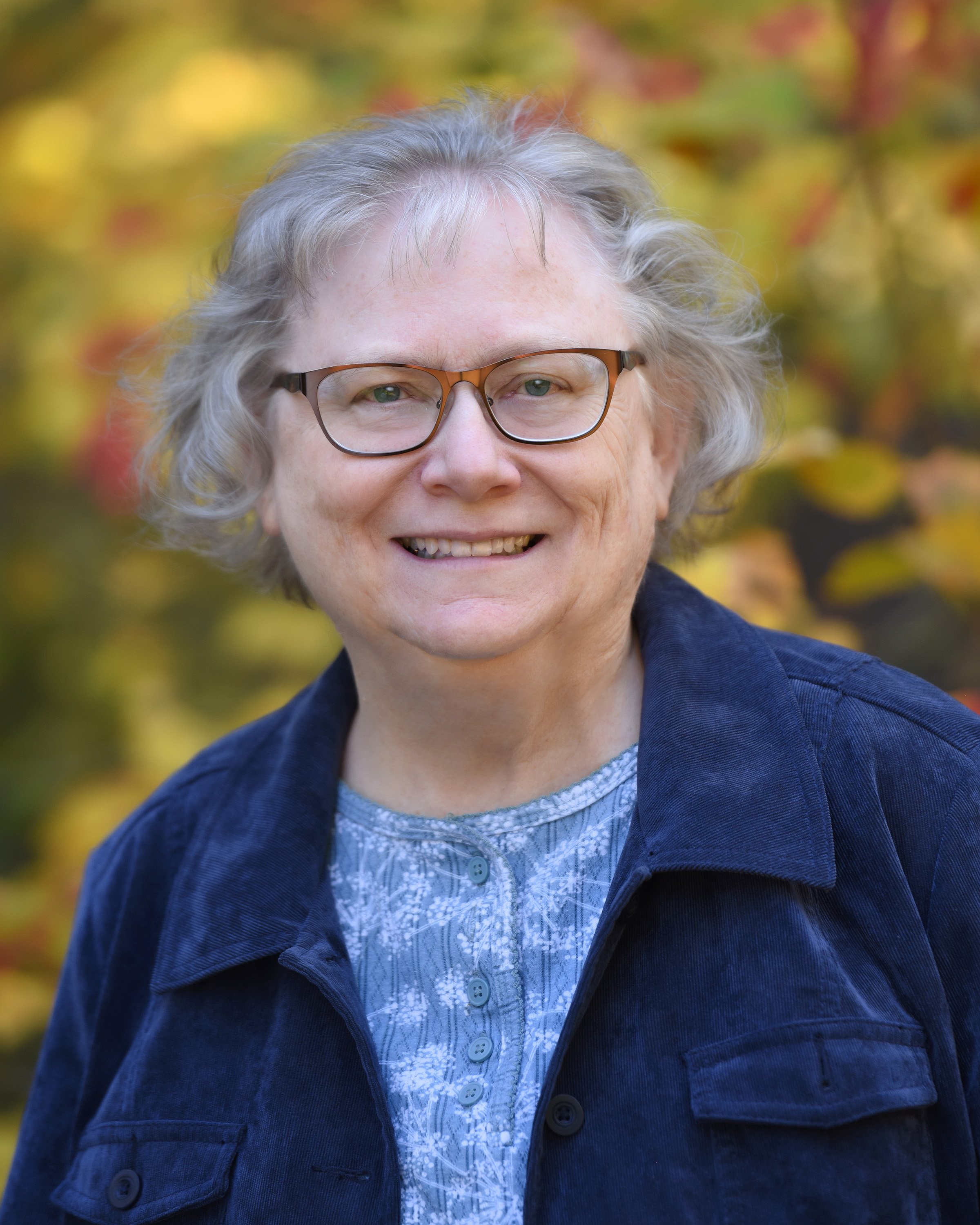 In the days when livestock mostly roamed loose in New England towns, it was critical that farmers could identify which animals belonged to them – to avoid disputes, identify stolen property, or recover damages if your crops were ruined by the neighborhood’s hogs. While branding with a hot iron was done, mostly the system they used involved nicks, slits, or holes, etc., cut into the animal’s ears (similar to humans piercing their ear lobes), called “ear marks.” The types of cuts and patterns were registered with the town clerk and sometimes would be inherited from father to son. I think some of these farmers were far more assiduous in recording their animals’ ear marks than they were in recording their children.
In the days when livestock mostly roamed loose in New England towns, it was critical that farmers could identify which animals belonged to them – to avoid disputes, identify stolen property, or recover damages if your crops were ruined by the neighborhood’s hogs. While branding with a hot iron was done, mostly the system they used involved nicks, slits, or holes, etc., cut into the animal’s ears (similar to humans piercing their ear lobes), called “ear marks.” The types of cuts and patterns were registered with the town clerk and sometimes would be inherited from father to son. I think some of these farmers were far more assiduous in recording their animals’ ear marks than they were in recording their children.
The Eastham town records contain some really nice registrations of animals and ear marks. In 1658 John Mayo’s “cattle” (not only cows, but horses, pigs, sheep, and oxen, etc.) were marked with “a halfe Crop on the fore Side of least eare & a halfe Crop on the hinder Sid of the right eare.” A “crop” was a blunt cut across the tip of the ear. Giles Hopkins’ animals had a half crop on the left ear and a whole crop on the right ear, Josiah Cooke had slits down the top of both ears for his marks, and William Merrick, Sr., had a swallow tail on the top of the left ear and a slit on the fore side of the same ear. By the 1660’s apparently all animals owned by Eastham residents had an “E” hot branded on them to facilitate retrieval from neighboring towns.
These registrations become all the more interesting once the town progressed to recording the color and natural markings of each horse as well as their ear marks, creating a horse census for Eastham. In 1660 Thomas Williams had a young mare he bought from Goodman Bangs. She was about a year old, black with a blaze down her face, four white feet, and a wall eye (where there is an abnormal amount of white eye ball visible). Some of you may remember an old poem about horses with a white face and four white feet not being desirable!
This “census” also provides an excellent indicator of the economic status of the farmers. Between 1659 and 1667, Josiah Cooke registered a dozen horses; Joseph Rogers, seven; and Miriam Deane, six, for example.
Who says town records are “dry” and uninteresting?
Share this:

About Alicia Crane Williams
Alicia Crane Williams, FASG, Lead Genealogist of Early Families of New England Study Project, has compiled and edited numerous important genealogical publications including The Mayflower Descendant and the Alden Family “Silver Book” Five Generations project of the Mayflower Society. Most recently, she is the author of the 2017 edition of The Babson Genealogy, 1606-2017, Descendants of Thomas and Isabel Babson who first arrived in Salem, Massachusetts, in 1637. Alicia has served as Historian of the Massachusetts Society of Mayflower Descendants, Assistant Historian General at the General Society of Mayflower Descendants, and as Genealogist of the Alden Kindred of America. She earned a bachelor’s degree from the University of Connecticut and a master’s degree in History from Northeastern University.View all posts by Alicia Crane Williams →